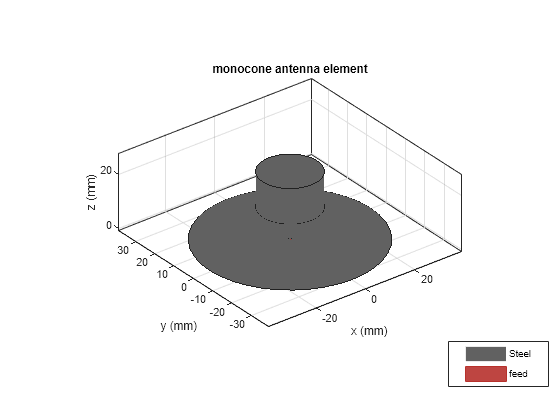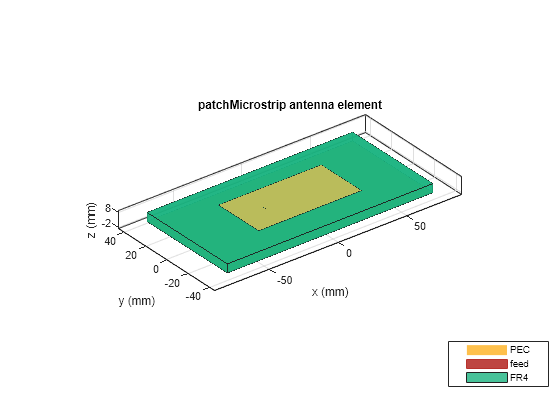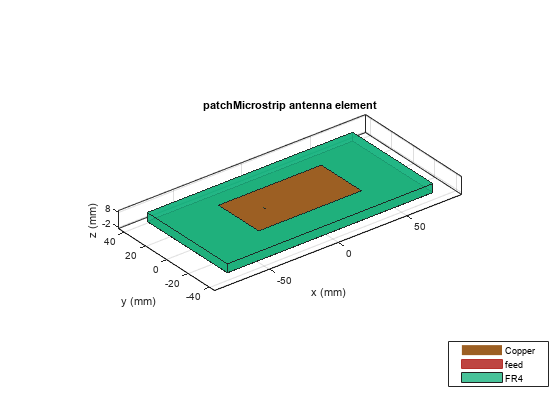metal
Description
Metal to use as antenna conductor.
Creation
Description
m = metal(material)
m = metal(PropertyName=Value)PropertyName is the
property name and Value is the corresponding value. You can specify
several name-value arguments in any order as
PropertyName1=Value1,...,PropertyNameN=ValueN. Properties that you do
not specify, retain their default values.
For example, m =
metal(Name="CustomMetal",Conductivity=45000000,Thickness=40e-6) creates a
custom metal material of 40 um thickness with conductivity of 45e6 S/m.
Input Arguments
Properties
Examples
Version History
Introduced in R2021a





